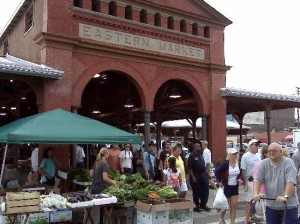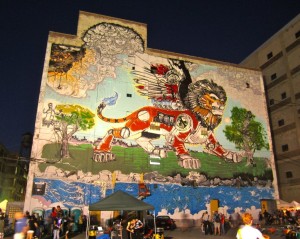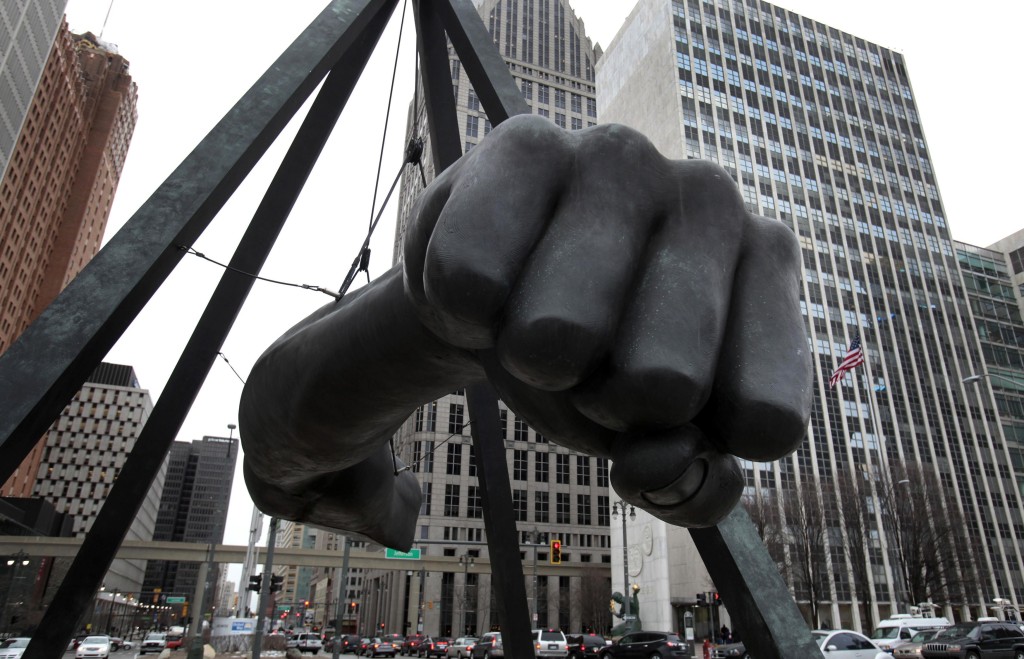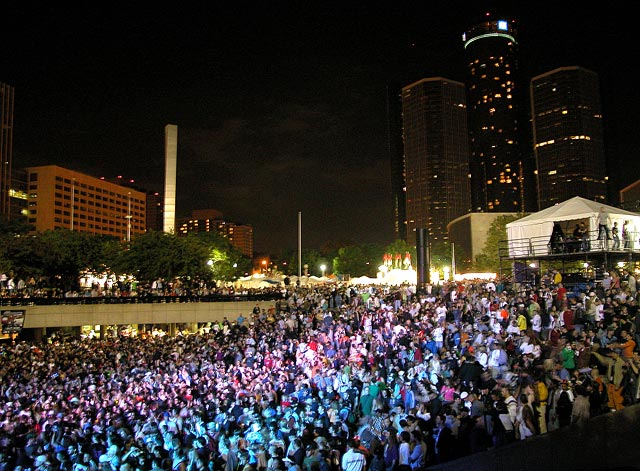Auburn police department contact sports
Officers will have 100 contacts per month, minimum … 40 of those may be warnings for traffic, the other 60 will be divided between: traffic citations, non-traffic citations, field interviews and custodial arrests …. Do not be the one that does not get 100.–Sgt. Trey Neal, Auburn Police Division, Auburn Alabama.
Recorded by officer Justin Hanners, qtd. by Tracy Oppenheimer, Cop Fired for Speaking Out Against Ticket and Arrest Quotas
Reason TV (July 24, 2013).
Oh, hey, look, my hometown’s in the national news again. This time it’s for the contact
quotas handed down from the police division’s chain of command. The requirements for ticketing and arrest quotas required more contacts
[1] every year than there are people in the city of Auburn. The story has hit the news because Justin Hanners, a former police officer in Auburn, says that he was fired by the police department in retaliation against his objections to the quota policy, and to the over-use of police force and arrests that it was producing. After making some contact with local CopBlockers in Auburn, Hanners got his story to Reason TV.
From the story in the Opelika-Auburn News:
Back in 2010, when Chief Dawson came in, immediately afterward, they started telling us that we had to have two tickets a day and two warnings a day on average and if we didn't have it, we wouldn't get promoted, we would get bad evaluations and if we continued to not do it, we would get written up and ultimately fired,Hanners said in a phone interview with the Opelika-Auburn News.Hanners said he initially wrote a complaint about what he thought of the alleged quotas, but was soon suspended for other reasons and put on bike duty.
They went back seven months on my computer where I told a joke to another officer and suspended me for four days and made me forfeit two days of annual leave,Hanners said, who added the other officer was not punished.Hanners said while on bike duty, which he claimed involved patrolling the interior of Auburn University, he was still force[d] to comply with the alleged quotas.
By directives, I'm not even supposed to be writing tickets, but my supervisor told me in my bike duty that I had to have just as many tickets as officers in cars,Hanners said.–Drew Taylor, Former officer claims Auburn police division quotas
Opelika-Auburn News (July 25, 2013)
Since the story came out in the press, spokes-flacks from the city government have issued rote denials and slimy Oh-we-can’t-comment-but…
insinuations about Hanners’ personnel file from the City Manager’s office. Assistant City Manager James Buston admits that the sergeant said everything that was on that tape but that it wasn’t official policy. (But, you know, if it were official policy, it’d be O.K., because it’s kind of challenging them to do what they are supposed to do…
). The Office of Charles Duggan, City Manager of Auburn, says The message that there is a quota was wrongfully conveyed through supervisory channels to at least one patrol shift
— which of course is a long-assed way of saying that there was a quota while denying responsibility for setting it — but insists that there is an unfounded accusation
being leveled by Mr. Hanners.
Because, when ex-chief Dawson told the city government that this story was going to hit the press, the city government hired another government investigator to look over their records and tell them that all was O.K. Tracy Oppenheimer at Reason responds to the denials here. Public Safety Director Bill James, for example, put the following in writing:
To make 100 contacts, which include among others, traffic stops, issuing warrants, field interviews and arrests, requires about two contacts per shift hour. Making two contacts per hour is not unreasonable and still seems to leave a lot of time to perform other duties that are detailed in your job description. Your supervisors as well as I have an expectation that each employee needs to be productive during their time on shift.
–Auburn Public Safety Director Bill James, Re: Grievance
Correspondence with Officer Justin Hanners (November 20, 2012)
Quoted by Tracy Oppenheimer, Auburn Cop Fired for Resisting Quotas Gets Online Support; City Officials Deny Deny Deny
Buston also claims that Reason did not offer the city government an opportunity to respond before they put the video together. Oppenheimer’s story shows that this is false, and that Capt. Tom Stofer of the Auburn Police Division specifically said that the Division refused to comment. As for the insinuations about Hanners’ personnel file, besides the note about the retaliatory shift to bike duty, here’s some more elaboration on what happened to him.
“Well, the day my grievance was over, I get called into the Chief's office, and was told that some evidence I presented was from an internal affairs investigation and the gag order had been placed and I wasn't supposed to have it. So then the Chief, who is the suspect in my grievance, now starts an internal affairs investigation into me and my partner to see if we somehow compromised his own investigation into his own wrongdoing where he had found he had done nothing wrong. So in this investigation, they found that we had violated a gag order and that I had violated the city's reporting policy by reporting these people. And they ultimately fired me for it and suspended my partner who gave me a statement that said everything I was saying was true.”
–Justin Hanners, qtd. by Tracy Oppenheimer, Auburn Cop Fired for Resisting Quotas Gets Online Support; City Officials Deny Deny Deny
Here as elsewhere, cops protect their power. Support your neighborhood CopWatch.
- [1]When you hear about police departments setting requirements for
making contact with individuals on Auburn streets and sidewalks
just think ofcontact
in the sense that ice hockey or American football arecontact
sports.↩











